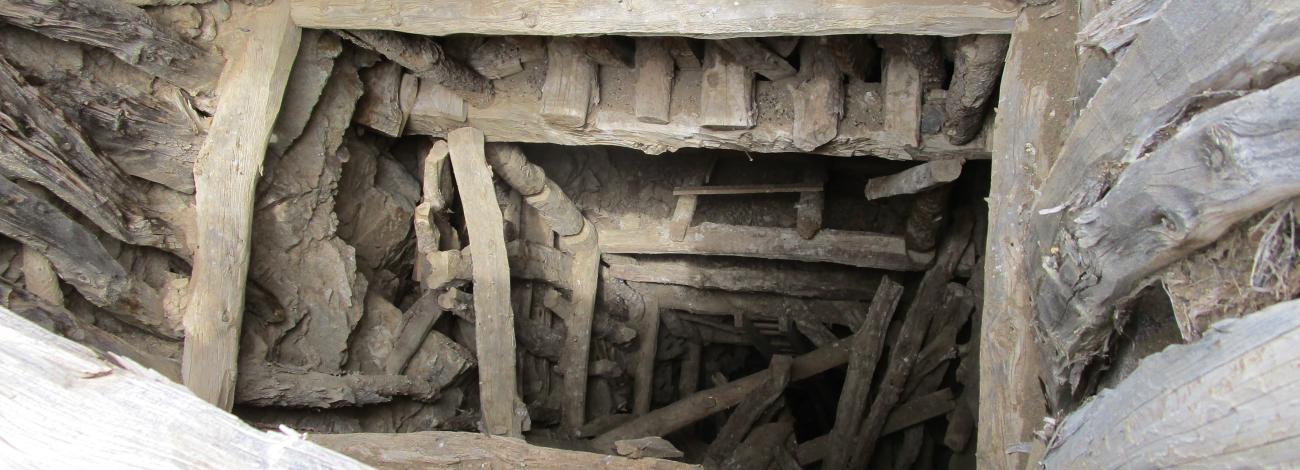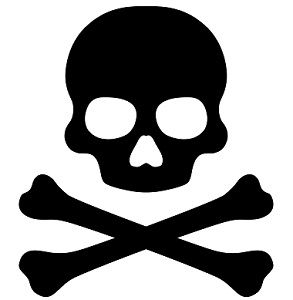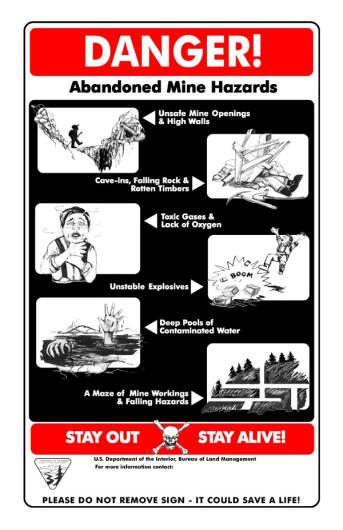
AML Dangers
How Dangerous Are Abandoned Mines?
Every year, many people are killed or hurt at abandoned mine sites. In 2000–2013 alone, 381 people were killed; 152 people suffered broken bones and other injuries. Across the country, abandoned mines exist in every state. Even a mine that was “safe” last year could be deadly today due to deteriorating conditions. The leading cause of death at abandoned mines is drowning in water-filled pits and quarries. Steep, slippery walls make it difficult to get out of the water. Old machinery and other hazards beneath the water can injure or trap you. The second most common cause of death and injury is falling into vertical underground mine openings. These openings can be hundreds of feet deep. Often they are not visible but concealed by dirt, rock, mine debris, and water. Unstable ground or decaying timbers around mine openings can simply drop out from beneath your feet.
Hazards at Abandoned Mines Are Not Under Control
These dangers are real and could kill or injure not only you, but also family, friends, and others who attempt to rescue you.
- You Fall to Your Death Down a Shaft. You’re walking, off a trail, and have no idea that under your feet is a mine shaft hundreds of feet deep. Or you see a mine opening and figure you’ll just step inside to check it out. Either way, what is beneath your feet can quickly disappear under your weight and vibrations. STAY ON MARKED TRAILS. STAY OUT OF MINES.
- You Are Crushed by a Cave-In. Wood, metal, and rock supports in mines—and especially around mine openings—rot and decay, leaving unsafe structures. Mine shafts, and horizontal openings, are dangerous pathways where ceilings and floors could give way just because of your presence. STAY OUT.
- You Are Killed by Explosives Left Behind. Even a small vibration can trigger undetonated/unstable explosives, which are frequently left behind in mines. STAY OUT.
- You Breathe in Deadly Gases or Run Out of Oxygen. Lethal gases (methane, carbon monoxide, hydrogen sulfide, and toxic levels of carbon dioxide) can accumulate in underground passages—even close to entrances. When you breathe these gases, your muscles stop responding normally. Your thinking becomes clouded, and you are unable to help yourself. This is followed by loss of consciousness, and death. There typically is no smell or other warning sign that these gases are present. Even pockets of air with extremely low oxygen levels can rob you of your ability to react. STAY OUT.
- You Can’t Find Your Way Out. Because mines can have so many openings leading in different directions, it is easy to become lost and disoriented very soon after entering a mine. Backtracking is an option, yet one wrong turn could prove fatal. If flashlights or other artificial light sources fail or break, you will be in utter darkness. Even expert cavers have lost their way in these conditions. STAY OUT.
- While Above Ground, You Plunge Over an Unexpected Cliff (Highwall), You Are Buried Alive Under a Collapsing Highwall, You Fall Into/Drown in an Open Pit. Highwalls are vertical cliffs of earth and debris left over from mining near the surface. Highwalls are unstable, prone to collapse, and extremely dangerous. If you approach one from the top in a motorized vehicle, chances are that you will not see the cliff until it is too late. Open pits on the other side of these cliffs are often filled with water and harmful chemicals. Drowning in water-filled pits and quarries is the most common cause of death in abandoned mines. STAY ON MARKED TRAILS.
Other dangers include exposure to radioactive gas and toxic chemicals, confrontations with wildlife dwelling in mines, and injury from collapsing surface structures and equipment. Any water in abandoned mines could be toxic—do not drink it.


